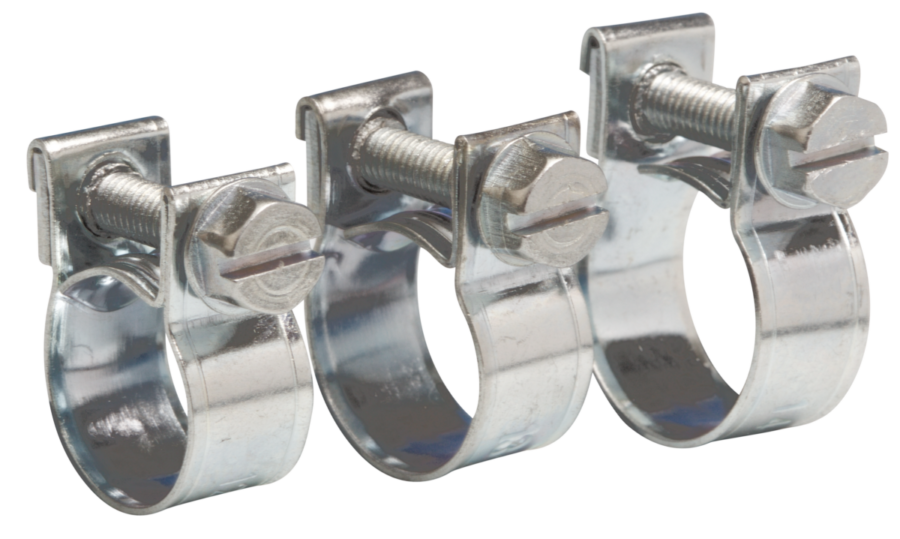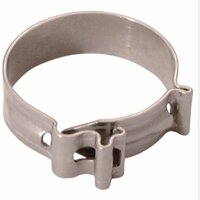WoodthorpeT6
Member
Hi all,
Just about to install a 2kw mk Airo external diesel heater to our t6. Great heaters, had one on our previous T5.
Question is regarding the pipe/hose used to go from the fuel tank to the pump and onto the heater itself.
Why does the kit have short (6cm ish long) sections of 4.5mm ID hose at the joints with plastic pipe then pushed and jubilee clamped into that? Could I not just buy a couple of meters of 4.5mm ID diesel rated hose and do away with the plastic pipe altogether, thus eliminateing several joints (potential leak points)
There must be a reason that they don't supply it like this? Does fuel pipe perish quicker than the plastic pipe supplied?
Thanks
Just about to install a 2kw mk Airo external diesel heater to our t6. Great heaters, had one on our previous T5.
Question is regarding the pipe/hose used to go from the fuel tank to the pump and onto the heater itself.
Why does the kit have short (6cm ish long) sections of 4.5mm ID hose at the joints with plastic pipe then pushed and jubilee clamped into that? Could I not just buy a couple of meters of 4.5mm ID diesel rated hose and do away with the plastic pipe altogether, thus eliminateing several joints (potential leak points)
There must be a reason that they don't supply it like this? Does fuel pipe perish quicker than the plastic pipe supplied?
Thanks


